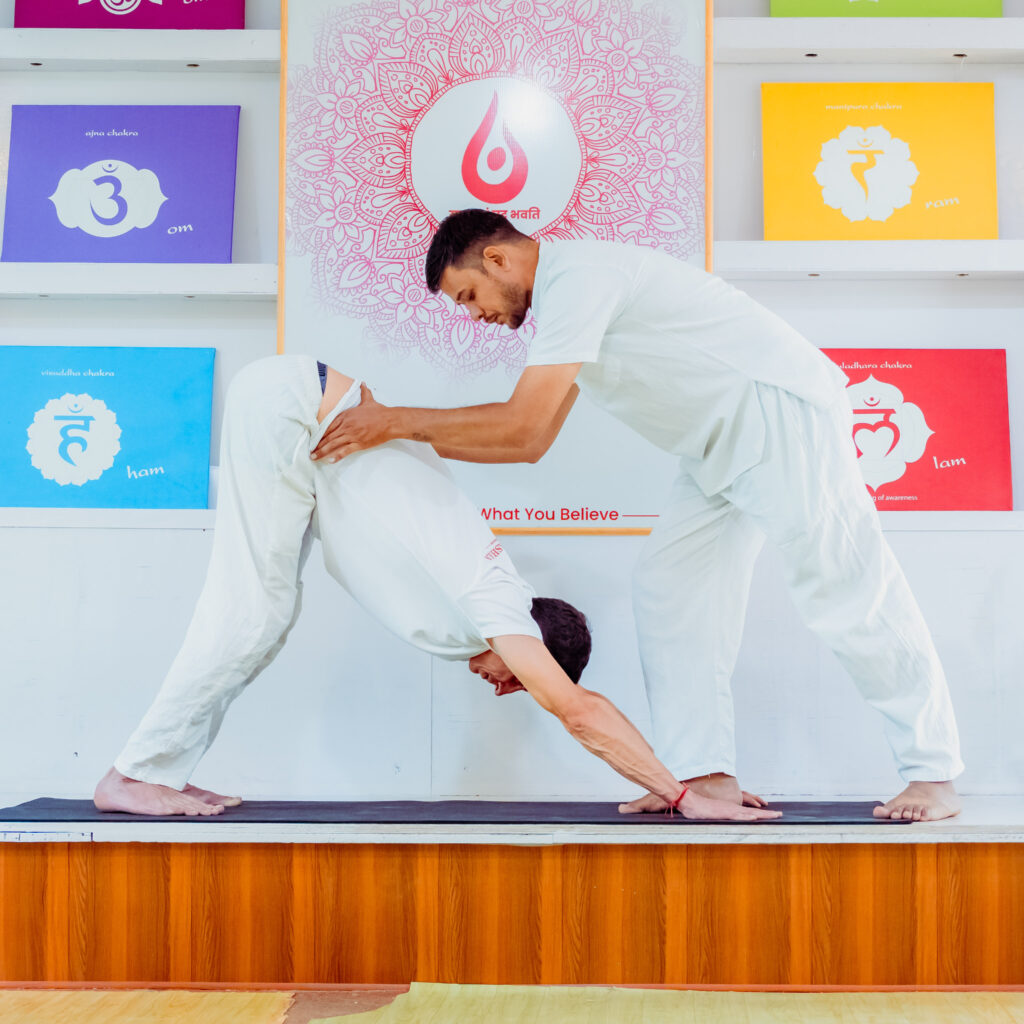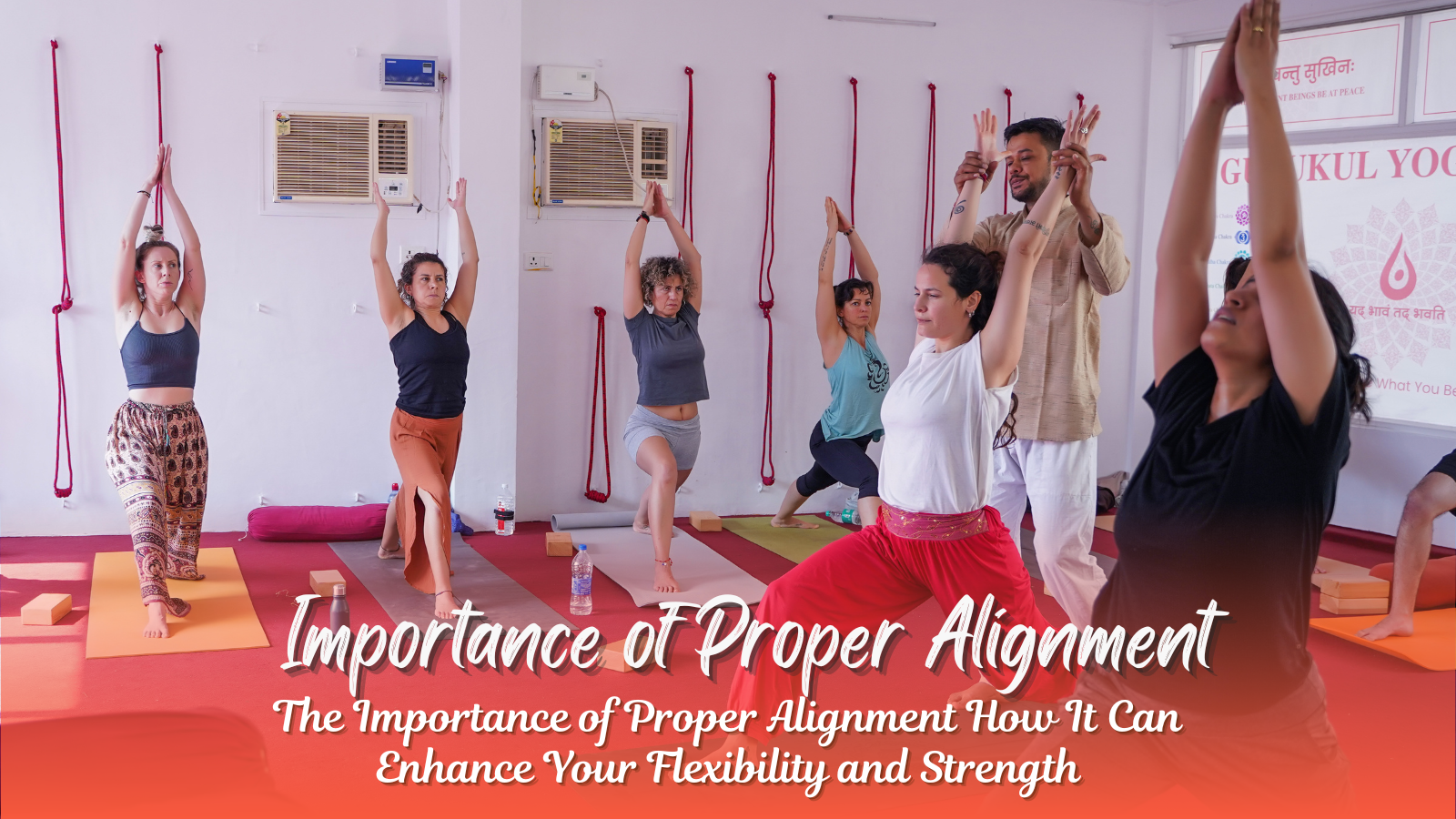The term “alignment” is fundamental in yoga, often sparking discussion and debate. So, what does it truly mean? Yoga alignment refers to how different body parts are positioned in a yoga pose, often involving straight lines and the stacking of bones. However, it’s not about rigid adherence to a fixed structure. As taught at Gurukul Yogashala, a leading yoga school in Rishikesh, alignment is about understanding core principles, adapting poses to individual needs, and utilizing props for support. A 200 hour yoga teacher training course in Rishikesh delves into these nuances, emphasizing safe and effective practice.
The ultimate goal is to perform asanas comfortably and minimize the risk of injury. It’s also important to remember that bodies differ, and the same pose may look different on different individuals. Let’s explore the various facets of alignment.
Types of Alignment
There are two primary types of alignment: functional and aesthetic. Understanding both is essential for enhancing personal practice and teaching yoga effectively.
- Functional Alignment: This focuses on the biomechanical aspects of the body—how its parts are structured and how they move. It involves positioning the body within its natural range of motion, prioritizing safety and optimizing performance. For example, in standing poses, functional alignment emphasizes keeping the head, neck, and spine in a straight line, which improves stability and mobility. Because bone structure and muscle development vary between individuals, certain poses may come more easily to some than others. A comprehensive 200 hour yoga teacher training in India, like the one offered in Rishikesh, covers these functional aspects in detail, equipping you with the knowledge to guide students effectively.
- Aesthetic Alignment: This refers to the visual appearance of a pose, emphasizing straight lines and ideal angles. While aesthetically pleasing, it’s crucial to prioritize functionality. Not everyone’s body will naturally achieve the “perfect” aesthetic alignment. If strictly adhering to aesthetic guidelines compromises functional alignment, it’s essential to modify the pose.
The question then becomes: which is more important – functionality or aesthetics? Functionality should always take precedence to ensure safety and prevent injury.
Why is Proper Body Alignment Important in Yoga?
Proper alignment is crucial in yoga for several reasons:
- Safety and Injury Prevention: Using proper functional alignment creates a safe practice environment. By developing body awareness, you can understand how your body feels in different positions and avoid pushing yourself beyond your limits. Using props when necessary is also essential for safety. Yoga teacher training in Rishikesh provides comprehensive instruction on these principles.
- Stronger Foundation: Proper alignment builds a strong foundation for your practice. A solid foundation allows you to progress to more challenging variations and modifications with ease. This involves developing strength and flexibility in the right areas. Correct alignment helps target the appropriate muscles and connective tissues, facilitating progress. Props can bridge gaps between different body parts, gradually increasing flexibility. By focusing on proper alignment and modifying poses instead of forcing them, you can maximize their benefits.
- Enhanced Strength and Flexibility: Yoga is a movement-based practice accessible to everyone. Proper alignment maximizes the benefits of each pose, including strength building. Many poses, particularly arm balances, require lifting your own body weight. Incorrect alignment in these poses can lead to injury. So, why is proper body alignment important? Because it unlocks the full potential of each asana.
- Increased Efficiency and Energy Flow: Anatomically correct alignment facilitates the free flow of energy (prana) throughout the body. This allows you to achieve more with less effort. Correct alignment can make challenging poses more accessible and lead to faster progress.
These points directly address the question: “how does proper body alignment benefit the human body?

Key Alignment Cues to Remember
Here are some essential alignment cues to keep in mind:
- Joint Stacking: Align joints vertically and horizontally, one on top of the other. Avoid letting any joint jut out of alignment.
- Neutral Spine: Maintaining a neutral spine is particularly important in forward folds. Incorrect spinal alignment in these poses can lead to back pain.
- Hip Hinging in Forward Folds: Initiate forward folds from the hips, not the lower back. This prevents rounding of the back and maximizes the stretch in the hamstrings.
- Heel-Over-Toe Alignment: In poses like plank and lunges, ensure your heels are directly over your toes for proper weight distribution.
These are just a few examples. A comprehensive yoga teacher training, such as a 300 Hour Yoga Teacher Training in Rishikesh or a 500 Hour Yoga Teacher Training in Rishikesh, will offer more detailed instruction.
The Primary Focus of Proper Alignment
The primary focus of proper alignment in physical activity, and especially in yoga, is to ensure safety, maximize effectiveness, and promote long-term health and wellbeing. It’s about working with the body’s natural structure and movement patterns, not against them.
Benefits of Yoga Poster (Relating to Alignment)
A “benefits of yoga poster” often visually represents the positive effects of yoga, including improved posture, increased flexibility, and enhanced strength. These benefits are directly linked to proper alignment. The poster can serve as a visual reminder of the importance of correct form.
Conclusion
Make proper alignment a consistent habit in your yoga practice. Keep these cues in mind each time you practice. Joining a reputable yoga school in Rishikesh, like Gurukul Yogashala, will provide a wealth of knowledge and practical experience. Their experiential approach to teaching alignment can significantly enhance your practice and your ability to guide others. A 300 hour yoga teacher training course in Rishikesh at Gurukul Yogashala offers a transformative experience for anyone seeking a deeper understanding of yoga and its many benefits.


